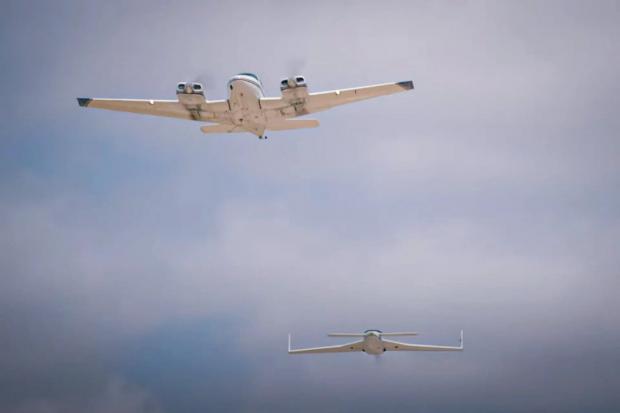
Breaking News
 Jimmy Dore Compares Trump's Endorsement of Overthrowing Libya to His Actions in Venezuela
Jimmy Dore Compares Trump's Endorsement of Overthrowing Libya to His Actions in Venezuela
 Pfizer mRNA Found in Over 88% of Human Placentas, Sperm, and Blood -- and in 50% of Unvaccinated...
Pfizer mRNA Found in Over 88% of Human Placentas, Sperm, and Blood -- and in 50% of Unvaccinated...
 "All real footage, no CGI, no AI, no video speed-up." Looks fake to me – their robot…
"All real footage, no CGI, no AI, no video speed-up." Looks fake to me – their robot…
 This Immigrant Admitted Their Plan for White PeopIe in America And It's Far Worse Than Most Thou
This Immigrant Admitted Their Plan for White PeopIe in America And It's Far Worse Than Most Thou
Top Tech News
 Build a Greenhouse HEATER that Lasts 10-15 DAYS!
Build a Greenhouse HEATER that Lasts 10-15 DAYS!
 Look at the genius idea he came up with using this tank that nobody wanted
Look at the genius idea he came up with using this tank that nobody wanted
 Latest Comet 3I Atlas Anomolies Like the Impossible 600,000 Mile Long Sunward Tail
Latest Comet 3I Atlas Anomolies Like the Impossible 600,000 Mile Long Sunward Tail
 Tesla Just Opened Its Biggest Supercharger Station Ever--And It's Powered By Solar And Batteries
Tesla Just Opened Its Biggest Supercharger Station Ever--And It's Powered By Solar And Batteries
 Your body already knows how to regrow limbs. We just haven't figured out how to turn it on yet.
Your body already knows how to regrow limbs. We just haven't figured out how to turn it on yet.
 We've wiretapped the gut-brain hotline to decode signals driving disease
We've wiretapped the gut-brain hotline to decode signals driving disease
 3D-printable concrete alternative hardens in three days, not four weeks
3D-printable concrete alternative hardens in three days, not four weeks
 Could satellite-beaming planes and airships make SpaceX's Starlink obsolete?
Could satellite-beaming planes and airships make SpaceX's Starlink obsolete?
Unpowered cargo gliders on tow ropes promise 65% cheaper air freight

The idea certainly isn't a new one – payload-carrying gliders were towed toward combat zones in World War 2, full of troops and/or equipment, then released to attempt unpowered landings in the thick of things – with widely variable results, particularly where stone-walled farms were a factor.
More recently, the US Air Mobility Command tried flying one C-17 Globemaster III some 3-6,000 ft (900-1800m) back from another, "surfing" the vortices left in the lead plane's wake – much like ducks flying in formation – and found there were double-digit fuel savings to be gained.
But Texas startup Aerolane says the savings will be much more substantial with purpose-built autonomous cargo gliders connected to the lead plane with a simple tow rope. With no propulsion systems, you save all the weight of engines, motors, fuel or batteries. There'll be no cabin for a pilot, just space for cargo and the autonomous flight control systems that'll run them.
These "Aerocarts" will be pulled down the runway by the lead plane just like a recreational glider. They'll lift off more or less together with the lead plane, then stay on the rope throughout the cruise phase of flight, autonomously surfing the lead plane's wake for minimal drag and optimal lift. And they'll either land right behind the lead plane, rope still attached, or eventually possibly be released at an ideal spot so they can make their own descent, potentially landing at an entirely different airstrip than the lead plane.
The latter would require some regulatory wrangling, but otherwise, according to Bloomberg, Aerolane believes it shouldn't be treated much differently by the FAA than regular ol' recreational gliders. It remains to be seen how the FAA will feel about this.

 First totally synthetic human brain model has been realized
First totally synthetic human brain model has been realized Mach-23 potato gun to shoot satellites into space
Mach-23 potato gun to shoot satellites into space

